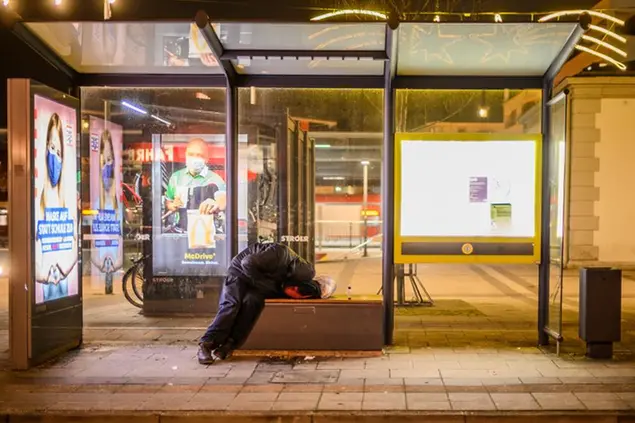- La pandemia, con i suoi effetti deflagranti, ha esposto molti più di altri. E se il governo attuale ha fatto quello che poteva per limitare i danni (ma chiusure di scuole ed esercizi hanno colpito in modo disuguale, e anche questo è colpevole), viceversa – come i suoi predecessori – poteva fare di più per curarsi del male di fondo.
- La povertà assoluta non riguarda tutte le fasce sociali e di età allo stesso modo: è altissima tra gli stranieri (24.4 per cento), tra chi ha tre o più figli minori (20.2 per cento) o nelle famiglie numerose (19.6 per cento),
- C’è un’Italia delle disparità dietro alla povertà: c’è la disuguaglianza, di opportunità e di condizione, esacerbata dalla mancanza di mobilità sociale.
Gli invisibili spinti dal virus sotto la soglia di galleggiamento della povertà

03 dicembre 2020 • 17:43Aggiornato, 03 dicembre 2020 • 20:53